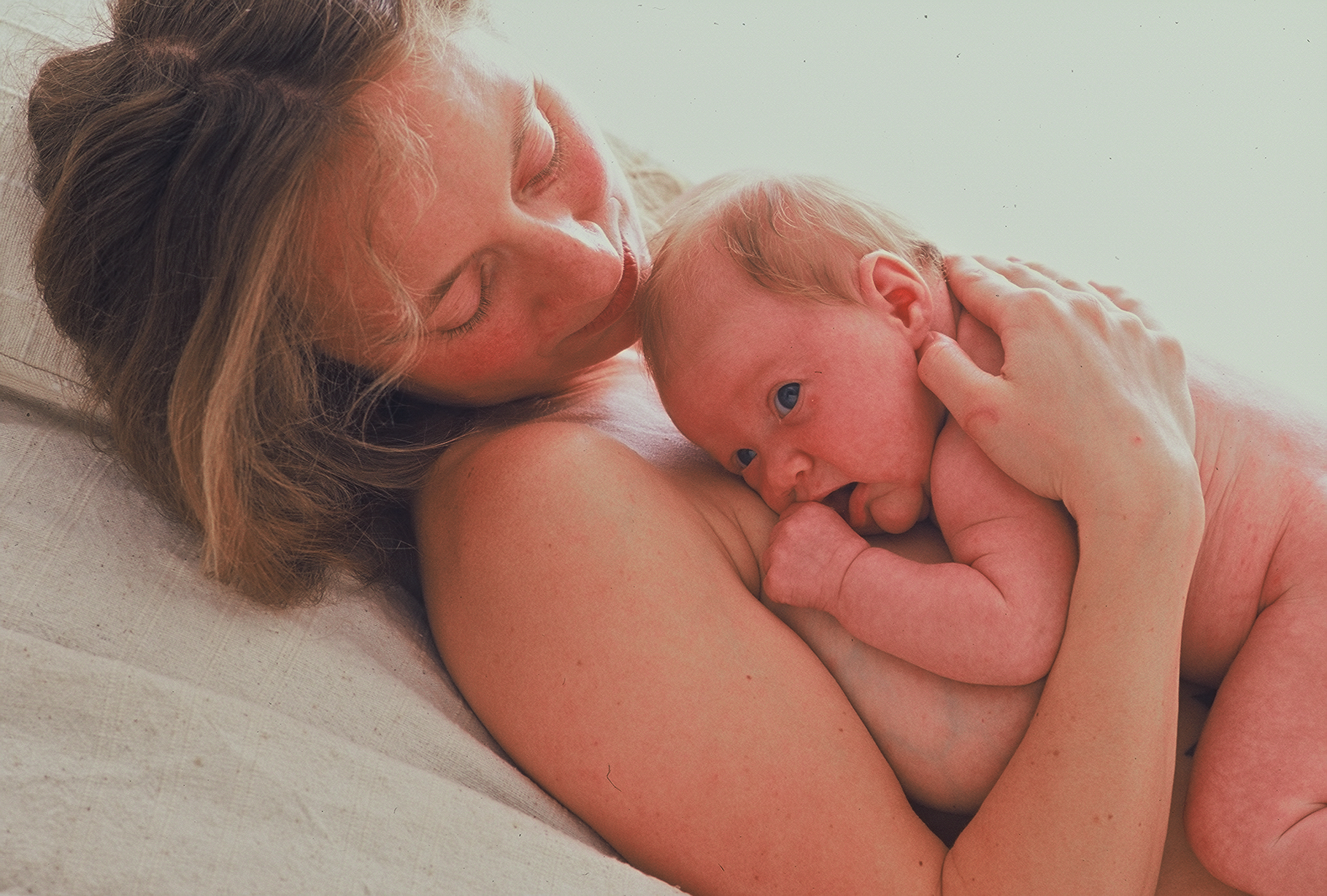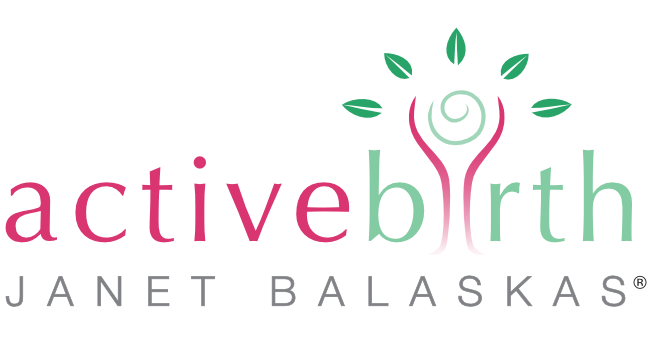
The mammalian birth process is one of Mother Nature’s finest creations. It is a biological process common to all mammals, including ourselves, which occurs spontaneously when pregnancy comes to an end.
On the physiological level it involves a complex combination of interactions between mother and baby, from the end of pregnancy, throughout the phases of the birth process, and beyond.
When we understand birth from this perspective we see a marvelous interweaving of physical and emotional responses – that are designed to simultaneously ensure the survival of the newborn and at the same time to foster the close bonds of attachment between mother and baby.
Birth involves a series of physical changes that result in the emergence of the baby from the mother’s womb and take place in the emotional field of love. It’s a journey from the shelter of the womb to the safety, nourishment, warmth and protection of the mother.
When we understand the birth process we can understand the physiological origin of love. We see it in the tender attachment of every mammal to its young – how we love to see those tender images of mother and baby giraffes, elephants, dolphins and all other mammals!
Labour lies at the heart of this continuum of physiological events, which lead to the birth of the baby and beyond. It cannot be understood in isolation or explained in purely mechanical terms such as dilation of the cervix, or measured in centimetres. This narrow definition, so often used by professionals, is meaningless in the throes of the experience.
 For mother and baby the hours of labour represent a transition, a journey, a transformation and a unique experience that belongs wholly and completely to the baby being born and the mother giving birth.
For mother and baby the hours of labour represent a transition, a journey, a transformation and a unique experience that belongs wholly and completely to the baby being born and the mother giving birth.
In recent years we have understood that birth physiology is driven by a continuous flow of hormones, produced by the mother herself (and to some extent, the baby) during the hours of labour.
The main hormones of labour are oxytocin ‘the love hormone’ that stimulates muscular actions of the uterus, and endorphins – the natural ‘opiate like’ hormones that induce feelings of pleasure and transcendence.
These hormones are produced in the deep brain of the mother and released in pulses, as a ‘cocktail’ (Michel Odent) from the pituitary gland into her blood stream.
In combination they have a calming, relaxant and naturally ‘pain transforming’ effect for mother and baby. We can see that Mother Nature has no intention of labour being a stressful or unbearably painful time. These are the man made consequences of human intervention and disturbance.
Mammals giving birth in the wild usually retreat into seclusion. Birth happens quickly and efficiently and complications are rare. Most animals prefer to be alone to give birth, some such as elephants, will have some female company. I was told this by a game ranger in Southern Africa with more than 30 years of experience in the wild. He told me that they then remain in isolation during the vulnerable first few days after birth before returning to the herd with the young. Notably, animals do not usually scream in pain during labour. They relax. They move and change position from time to time.
During uterine contractions breathing seems to deepen naturally and perhaps in the throes of strong labour, there may be groans or some moaning.
I base these postulations on my own observations of goats, cats, dogs and a cow giving birth as well as films I have seen of a rhinoceros, elephant and other mammals. In fact there is often a sense of bliss not dissimilar to ecstasy about them. The purring of the mother cat, the glazed eyes of the elephant, and the deep bellows of the rhinoceros until at one moment, finally, the baby appears. There is an instinct to protect, to nurture the newborn, a natural mother – baby attachment. Clearly the same hormones are at work.
As levels of these hormones rise continuously and spectacularly throughout labour, mother and baby are suffused in a sea of ‘love hormones’. They produce the unique change of consciousness that is part of the character of labour.
A kind of ‘trance like’ hypnotic state where the mother can let go, surrender herself to the intensity of what she is experiencing as her body opens. It is also marvellous that she can come out of this trance at any time. She is totally surrendered and acutely aware of what is happening in her immediate environment. A consciousness unique to women in labour.
We can think of the female mammal labouring in the wild to understand this.
Surrendered to the throes of labour, yet alert to the threat of danger. This is why she first finds a place of safety and seclusion. Yet if a predator did appear, her fear would stimulate a rush of adrenalin – the fight or flight hormone, which would inhibit the love hormones, stop the labour and enable her to escape.
So we learn from this example how the flow of love hormones can be inhibited by adrenalin, the hormone we produce when we are afraid, anxious or disturbed during labour. This gives us an important clue as to the environmental conditions woman need to give birth naturally and successfully. One in which they feel safe, secluded and undisturbed. We should understand the acute sensitivity of the mother to any distractions, disturbances or even and sometimes especially to a sense of being watched. It is rare to find a conventional hospital environment that can provide these conditions.

